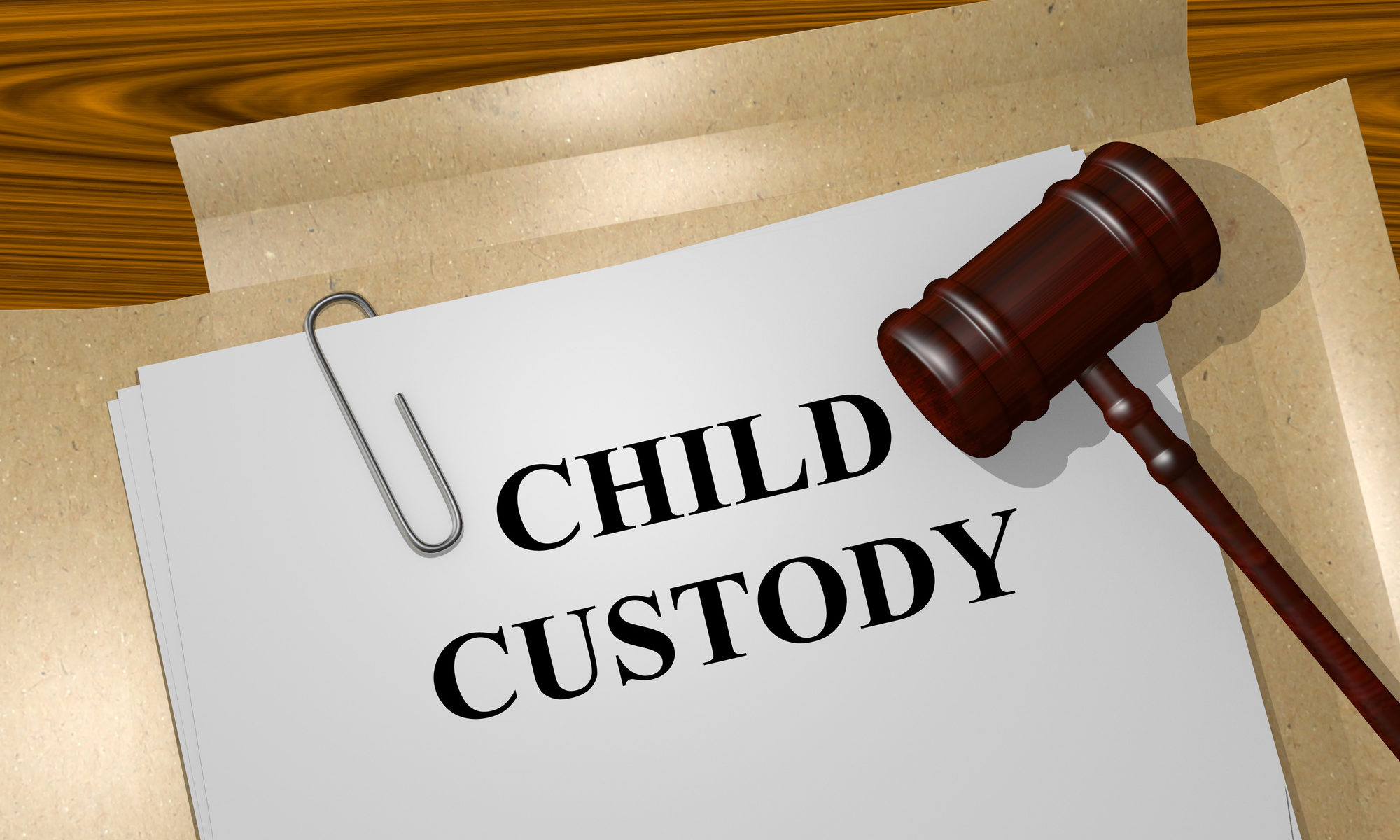Did you know that in 2018, America had roughly 780,000 divorces? That’s about one divorce every 60 seconds!
Consequently, this adds a lot of heartache due to things such as split custody, lawyer fees, and emotional turmoil. Nobody wins in a divorce. However, the ones who usually suffer the most are children.
This is because kids don’t fully understand what’s happening; they can’t quite comprehend the shifts taking place. This is further compounded when moving states and split custody enter the picture.
But, even in the midst of such tragedy, there is hope. The opportunity for a better tomorrow lies beyond the struggles of today.
And while painful, the sting of divorce can be somewhat soothed when split custody schedule ideas and agreements are introduced.
As a result, parents and kids can maintain their relationships with one another. In this article, you will get split custody schedule ideas to help you cope with your divorce.
What is Split Custody?
Split custody is the arrangement for your children following a divorce. Who goes where and for how long?
For example, after a divorce, your child may live with their mother during the school year but then move in and live with you for the summer months.
Split custody is a mutual agreement decided on by the parents and then approved by the courts. Or if the parents are unable to agree, a judge will come to a conclusion for both of them.
Split Custody Schedule Ideas
If your divorce has separated you from your kids by a few states, don’t fret. You have options.
You can set up a split custody schedule for long distances; this kind of arrangement will keep everyone happy. Here are a few things to keep in mind for how to do it.
Travel Expenses
How will your child reach your home? What kind of transportation did you have in mind? Furthermore, who will cover the cost? You? Your ex-spouse? Or will you divide it between the two of you?
Parents Visiting From Out of State
You could also reach an agreement with your ex-spouse to come to visit your child or vice versa. Your ex-spouse could also come to your neck of the woods, too. This is good for a multitude of reasons.
First, it prevents your child from always bouncing back and forth. That’s not good for their mental health. Second, it keeps the custody arrangement from becoming too lopsided.
And last, it fosters stability in your child when they see their parents acting amicably toward each other.
Holidays, Vacations, and Special Occasions
A good idea you could ponder is to set up visiting arrangements around your kid’s schedule. Ponder your child’s life.
For example, consider summer vacations, Christmas holidays, fall and spring breaks, Easter, Thanksgiving, birthdays, and long weekends. These are prime times for a workable split custody schedule.
By taking into consideration your child’s arrangements, you can plan get-togethers that will result in better experiences.
In the same way you have priorities in your life, your child also has obligations as well. They may not be on the same scale as yours, but your kid still has them nonetheless.
So it’s important to plan around them when it’s most convenient for your young one, and the best times to do that are during holidays and special occasions.
Communicate
You always want to stay in touch with your child, and not just when making plans. If you’re the removed parent, put in the effort to keep the lines of communication open as often as possible.
Whether it’s through a phone call, a casual text message, or a Zoom meeting, try to keep in touch. This is important for keeping the bond intact, and as a result, strengthening the relationship.
More Long Distance Schedule Ideas
When living out of state, your child lives with your ex-spouse and visits you. For this reason, it’s good to have as many ideas as possible to make seeing your child effortless.
So here are a few more things to consider:
- Living Arrangements – Your child can live with you one part of the year and move in with the other parent for the next
- Monthly Visits – You allow for visitation monthly on each long weekend (most months have at least one long weekend)
- When School is Out – Whenever school break commences, the out-of-state parent gets the child
- Undetermined – When you and your child’s schedules match up, you visit each other
Mix and match these choices as much as you see fit. Each one provides flexibility for both parent and child.
Age Considerations
It’s also important to factor in your child’s age, as this will play a role in your split custody schedule. Younger kids who aren’t in school have more free time, but this changes once they get a bit older.
Middle school kids and teenagers usually have friends, classes, and other extracurricular activities. As a result, it’s important to adjust your schedule appropriately.
In addition, some teenagers may even have a job already; it’s common for kids to start working around that age.
The primary goal is to create a schedule that works for everyone, especially the kids. You don’t want to interrupt their lives too much with the out-of-state moves.
Therefore, it’s crucial to keep a pulse on what’s happening in their lives and actively communicate with each other.
Cooperation is Needed For Out-of-State Moving
Whether you’re moving or your ex-spouse is, it’s important you’re on a similar wavelength. You must be on the same page. With the two of you on good terms, this will give you some leeway in your visitation plans.
Besides, out-of-state schedule planning is hard, so everybody has to cooperate and be on board for things to work.
The Importance of a Split Custody Agreement
Try finding common ground with your former partner. Just because you split doesn’t mean you can’t still be amicable with them. In fact, the whole idea behind split custody is to find that meeting point.
Settling child custody disputes in a polite and good-natured way will make everybody’s lives easier, especially your kids’.
With this in mind, coming to an agreement with your former partner should be the main objective. A good split custody agreement will ensure that everyone’s needs are met. This allows for cohesion to take place.
Which State Makes the Final Call?
Excluding Massachusetts and Vermont, all states adhere to the Uniform Child Custody Jurisdiction and Enforcement Act (UCCJA). This entails that the choice of where the child resides comes from the state where the child was born.
For instance, if the child was born in Texas, but then moved to Florida, then Texas would have the authoritative entity.
But there’s always an exception to every rule, and this one is no different. One exception is if your child needs to be taken away due to security concerns.
To illustrate, if your ex-spouse was unfit to care for your child and you were living out of state, that would be grounds for your child’s removal. The non-home state may be deemed as your child’s new residence.
Ways to Change Visitations and Custody Arrangements
There is a simple method to change your custody agreement. Talk it out with your former partner. In spite of anything you’ve heard, this is usually the simplest course of action.
Once you clear everything and the two of you are in agreement, get it approved by the courts. If you’re on good terms with each other, this shouldn’t be a problem.
However, that may not always be the case, especially if your divorce was rather hostile. In that scenario, you’d appeal to the court to have a trial so that a judge can settle the dispute.
Dealing With Logistics
This is important. Managing the distance comes down to having the details of your child’s travel plans sorted out. And the good news is, you have options with this as well.
Here are a few choices to consider that can be quite helpful in solving this logistics problem.
Negotiate
Generally speaking, the parent who moved pays for the child’s travel. But that doesn’t mean there can’t be compromises. On the contrary, coming to a mutual agreement with your former partner can be easier than you think.
Travel expenses can add up quickly, even for a young child. There is the plane ticket, car rides from the airport, trains, Ubers, or even buses. By negotiating with your ex-spouse, you can work out a deal.
Maybe you can cover certain schooling or other types of expenses for your child down the line. This will more than make up for the financial favor you’re asking for upfront.
Fly Alone Programs
Otherwise known as unaccompanied minor programs, these are tailored to kids who are too young to fly solo.
The program offers an airline worker to accompany and safeguard your child during the flight. The employee will watch your child from when one parent drops them off until the other picks them up.
Most airlines offer this service, so you shouldn’t be hardpressed to find one that can help you. But be sure that you’re checking beforehand just to be safe.
Sustaining a Long-Distance Relationship
Always remain in contact with your children. Even if it’s only a weekly or bi-weekly chat, do it.
When it comes to relationship sustainability, especially with children, something is always better than nothing.
And for the purpose of maintaining the connection with your kids, this is a necessity.
Here are a couple of pointers to keep in mind:
Digital Chats
Everything is conducted online these days. Why not use the same medium to connect with your children? There are plenty of ways to do this; you can use Zoom, Skype, or even your own phone.
With Facetime, WhatsApp, and other face-to-face communication methods, you can always be in touch with your kids.
As a result, you can maintain that connection until you see each other in person again.
Emotional Support
Encourage your child to contact you whenever something interesting happens. Big or small, it doesn’t matter.
Of course, this will depend on both of your schedules.
However, by encouraging this open communication, it creates the conditions for your child to feel your unwavering love and support.
If your child knows they can contact you for anything, and you’ll always be there, it strengthens your emotional bond. This will cause you to feel like a pillar in their life, and they’ll feel loved and connected to you.
Start a Ritual
Develop some kind of tradition or routine with your child when they are in town. This builds excitement in kids.
For instance, every time your child visits you, you could take him or her to their favorite restaurant, go to the cinema to watch a new release, or even just go for ice cream.
Show your youngster that your place is not only stable but also fun and refreshing. As a result, it will solidify your child’s fondness for you, and they’ll look forward to visiting every time.
Make Your Out-of-State Custody Agreement Work
Whatever the condition you’re in following your divorce, it’s important to make the most of it. Keep your head up. With a good attitude and cordial communication with your ex, you can turn things around.
And by doing so, find a way to make your out-of-state split custody agreement work for you.
If you enjoyed this article but still feel as if you need extra assistance, don’t hesitate. Be sure to sign up today and join 181,590 other families in 170 countries that we’ve helped so far.
We look forward to serving you.










